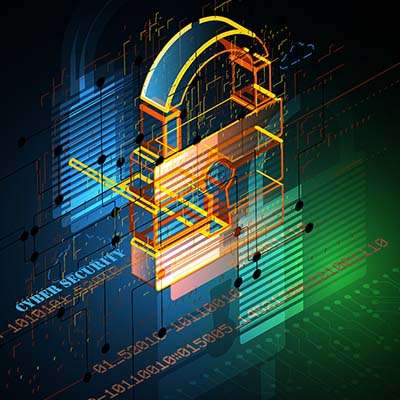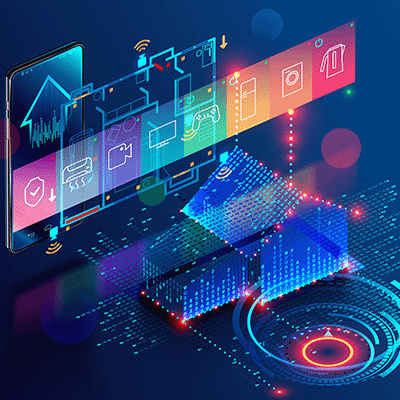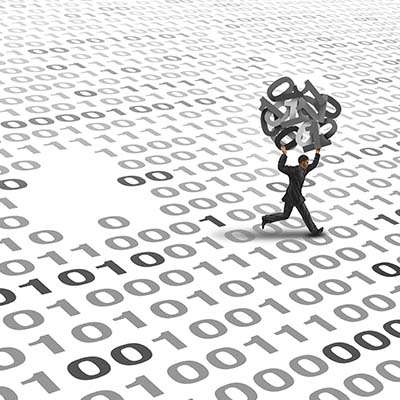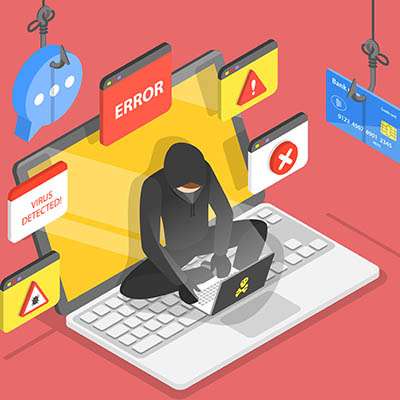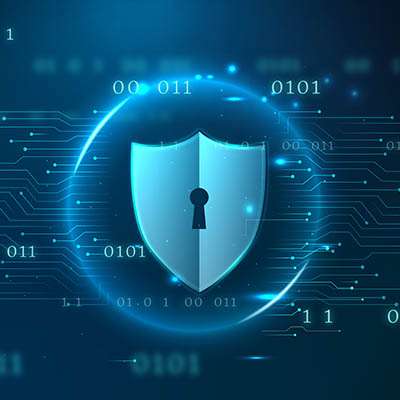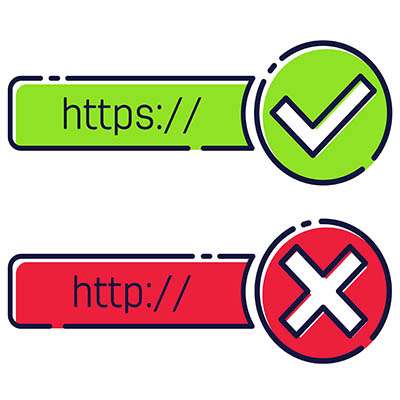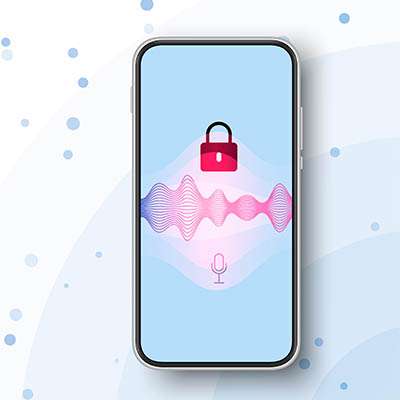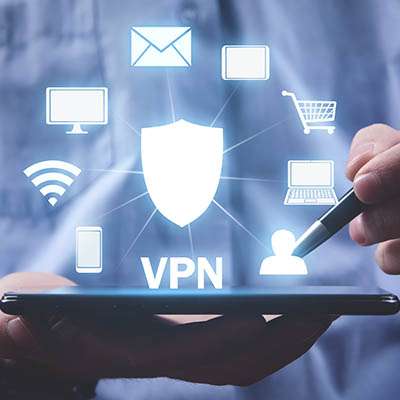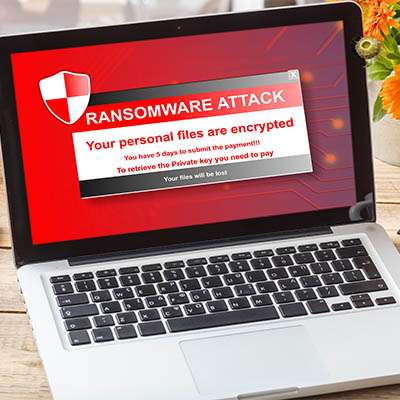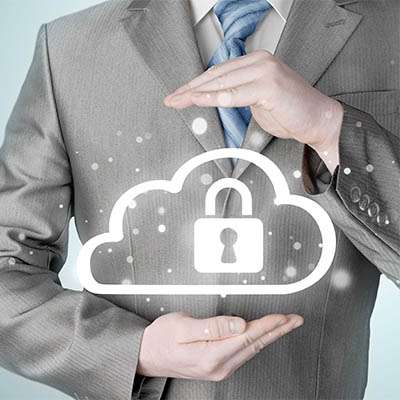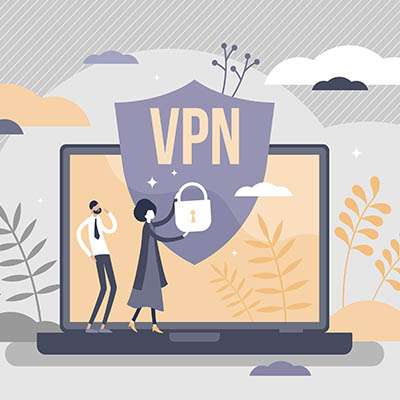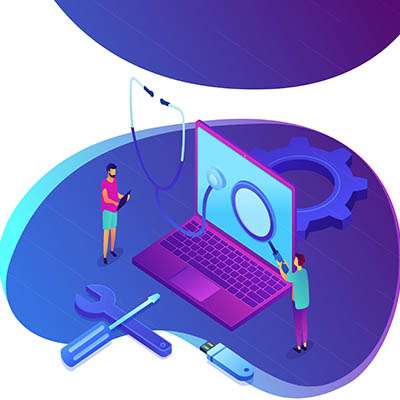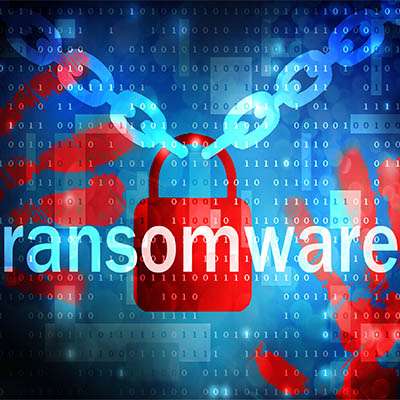If there is one shared priority most businesses need to have it’s a strategy on how they are going to go about securing their network, infrastructure, and data from the numerous threats they face. Listed below is a look at three of the most imperative issues surrounding organizational cybersecurity as we head into the new year.
Macro Systems Blog
Smart devices and Internet-of-Things devices in general have taken the world by storm, and a home without at least a handful of smart devices is quite rare to find these days. On the other hand, smart devices (devices that connect to the Internet to perform various functions) must be approached with a certain level of caution.
The holiday season has a variety of famous key players, including Santa, Rudolph, and the rest of the North Pole crew. Each year, they use their magic to help spread goodwill and joy to all the nice children of the world… but did you know that they are also responsible for protecting those who make the naughty list from Santa’s villainous counterpart, Krampus?
As the official managed service provider for Santa’s operation, we have been cleared to share the story about how we’ve helped defy Krampus to save Christmas.
Twitch, Amazon’s popular streaming service where gamers and content creators broadcast to wide audiences, recently endured a data breach. Due to this data breach, folks on the Internet now know just how much these content creators make, and it has exposed a whole new problem that Amazon must resolve.
Phishing is one of those threats that has been around for a while, and as time passes by, only become more difficult to identify. Some businesses can’t tell the difference between phishing scams and actual emails. Listed below are steps your organization can take toward properly identifying and responding to phishing emails.
Even the most cautious employee could fall victim to a well-placed phishing email. What are some factors that contribute to the success of these cyberattacks, and what subject lines in particular should people be cautious about? A recent study takes a look at what goes into a successful phishing attack, and you might be surprised by the results.
It can be easy to overlook the importance of technology and its security, especially in industries that are deeply steeped in tradition, regardless of how imperative that security may seem when actually considered. Just consider the modern law firm, where technology, data, and the security of such is paramount.
How many people do you fundamentally trust? In a zero trust network, that number is reduced to zero. The idea of such a network is that everyone, whether they’re operating inside of the network or out, needs to be verified… and as you might imagine, it has proven effective in preventing data breaches.
The Internet browser is certainly one of the most-utilized applications in this day of cloud-hosted resources and online content… but for all that use, is it also one of the most-secured applications? In some ways, yes… but there’s always a few extra steps that can help you enhance your protections.
Authentication has been a significant talking point for the past few years, especially as the value of data has only increased and security has correspondingly increased in importance. As a result, more secure and reliable means of identity verification have also become more important. Now, voice authentication is being considered as such a means.
Virtual private networking, while maybe not the most recognizable term to everyone, at least seems to be pretty straightforward. Such a specific-sounding term must apply to one aspect of technology and that one aspect alone, right?
In actuality, there are two kinds of VPN. Listed below are what makes them different, and which your business should utilize.
The cyberattack on SolarWinds was devastating for many reasons, and Microsoft has officially uncovered yet another kind of malware used in the attack on the software provider: a backdoor threat they have named FoggyWeb. What does this threat do and why is it so imperative to look at this incident even now?
The cloud is a great opportunity for businesses to enhance accessibility of data and increase productivity, especially while remote, but for those who do not know how to approach it, the cloud can be intimidating. Listed below is the case for a private cloud solution and why you should consider it as a viable option for your business, even if it does not seem like it at the moment.
Cybersecurity is a massively critical consideration for modern businesses, and as a result, managing it is often given a considerable amount of time. However, recent developments suggest that this time can potentially be reduced by the use of “self-healing” security software. This may sound a little out there, but stay with us! We’ll explain.
While it only makes sense to assume that a hacker would focus specifically on those targets that would bring them the greatest profit (in other words, larger businesses), the reality of modern cybercrime renders this assumption grossly outdated. Let’s examine how different developments in ransomware have made it possible for hackers to be far less discerning in who they target.

